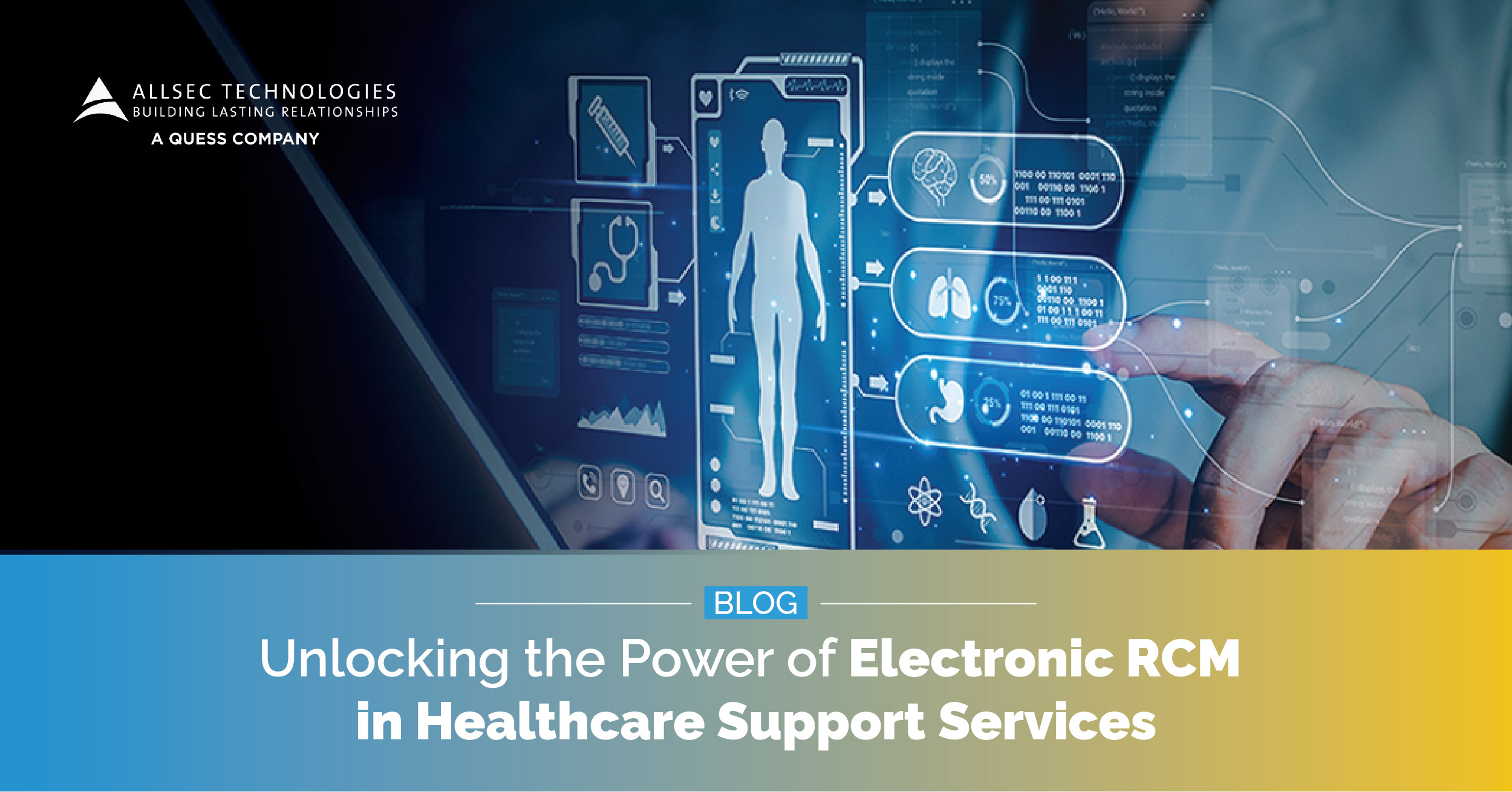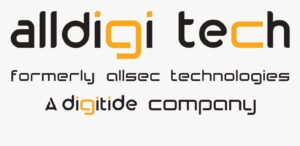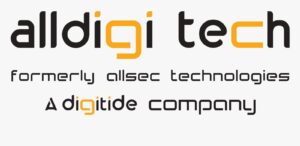
In the ever-evolving landscape of healthcare, efficient management of revenue is crucial for the survival and success of medical practices, hospitals, and healthcare systems. Revenue Cycle Management (RCM) serves as the cornerstone, guaranteeing precise and timely compensation for healthcare providers’ services. The introduction of electronic RCM has ignited a transformative era in revenue management within the healthcare industry. This revolution has ushered in enhanced financial results, streamlined workflows, and a significant transformation in healthcare support services.
In this blog, we delve into the world of Electronic RCM, exploring the How, Why, and WOW aspects of this transformative technology in healthcare support services.
Unveiling the Mechanics of Electronic Revenue Cycle Management (RCM)
Electronic RCM is a comprehensive system that automates and manages the entire revenue cycle of a healthcare organization, from patient registration and appointment scheduling, to claims processing and payment collection. Here’s a step-by-step breakdown of how it works:
- Patient Registration: Electronic RCM begins with the accurate registration of patient information, ensuring their demographic and insurance information is correct.
- Appointment Scheduling: Integrated scheduling systems help in optimizing appointment times and reducing no-shows.
- Eligibility Verification: The system checks patients’ insurance eligibility in real-time, reducing claim denials due to coverage issues.
- Coding and Documentation: Medical coders use Electronic Health Records (EHR) and automated coding tools to ensure accurate and compliant coding.
- Claim Generation: Claims are generated automatically, based on the services provided, and submitted electronically to payers.
- Claim Scrubbing: The system checks claims for errors or discrepancies before submission, reducing rejections.
- Claims Follow-Up: Automated follow-up mechanisms track the status of claims, identifying and resubmitting denied or unpaid claims.
- Payment Posting: Electronic RCM systems record payments received from payers and patients, updating the financial records.
- Patient Billing: Patients receive accurate and transparent bills, making it easier for them to understand their financial responsibility.
- Collections: The system automates collection processes, sending reminders and facilitating online payment options.
The Significance of Electronic RCM
- Improved Accuracy: Electronic RCM reduces human errors in coding and billing, leading to fewer claim denials and underpayments.
- Faster Reimbursement: Automation accelerates the claims processing cycle, ensuring providers receive payments quicker.
- Enhanced Compliance: Electronic RCM helps healthcare organizations stay compliant with constantly changing regulations, reducing audit risks.
- Cost Savings: Automation reduces administrative costs associated with manual billing and follow-up.
- Better Patient Experience: Clear billing and online payment options elevate the patient experience, improving patient satisfaction and retention.
- Data Analytics: Electronic RCM systems provide valuable data insights that can be used to optimize revenue strategies and improve financial performance.
Unlocking the Remarkable Potential of Electronic RCM
- Real-time Data: Electronic RCM provides real-time access to financial and operational data, empowering healthcare organizations to make informed decisions.
- Integration: It seamlessly integrates with Electronic Health Records (EHR) and other healthcare systems, creating a unified ecosystem for better patient care and revenue management.
- Predictive Analytics: Some Electronic RCM systems employ predictive analytics to identify trends and potential issues, allowing proactive intervention.
- Customization: Electronic RCM can be tailored to meet the specific needs of healthcare organizations, making it a versatile solution.
- Scalability: It can scale to accommodate the growth of healthcare practices or systems, ensuring long-term viability.
In Conclusion
Electronic RCM has completely transformed healthcare support services through the automation and optimization of revenue cycle management. Its capacity to enhance accuracy, expedite reimbursement, improve compliance, and offer valuable data insights has unquestionably established it as a game-changer in the healthcare sector. In today’s rapidly evolving healthcare landscape, the adoption of electronic RCM is not merely an option but an essential step for providers looking to excel in this dynamic environment.



